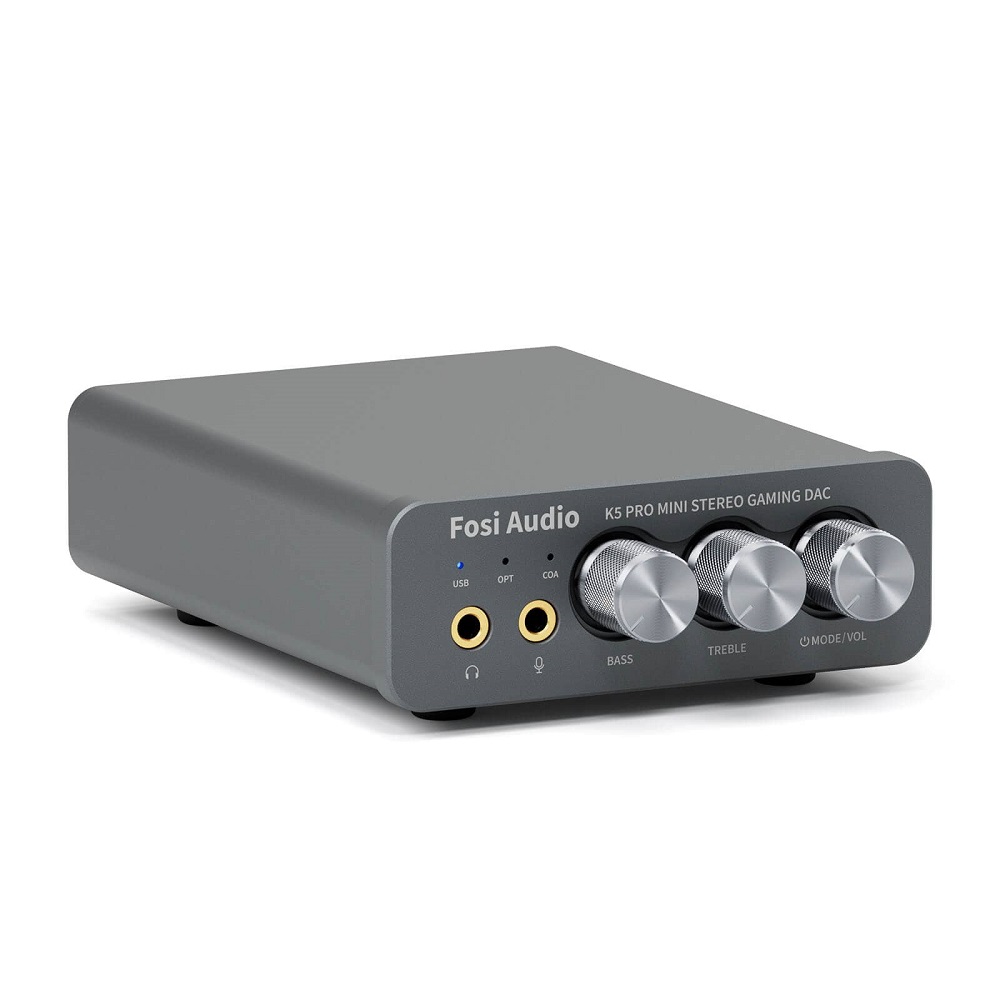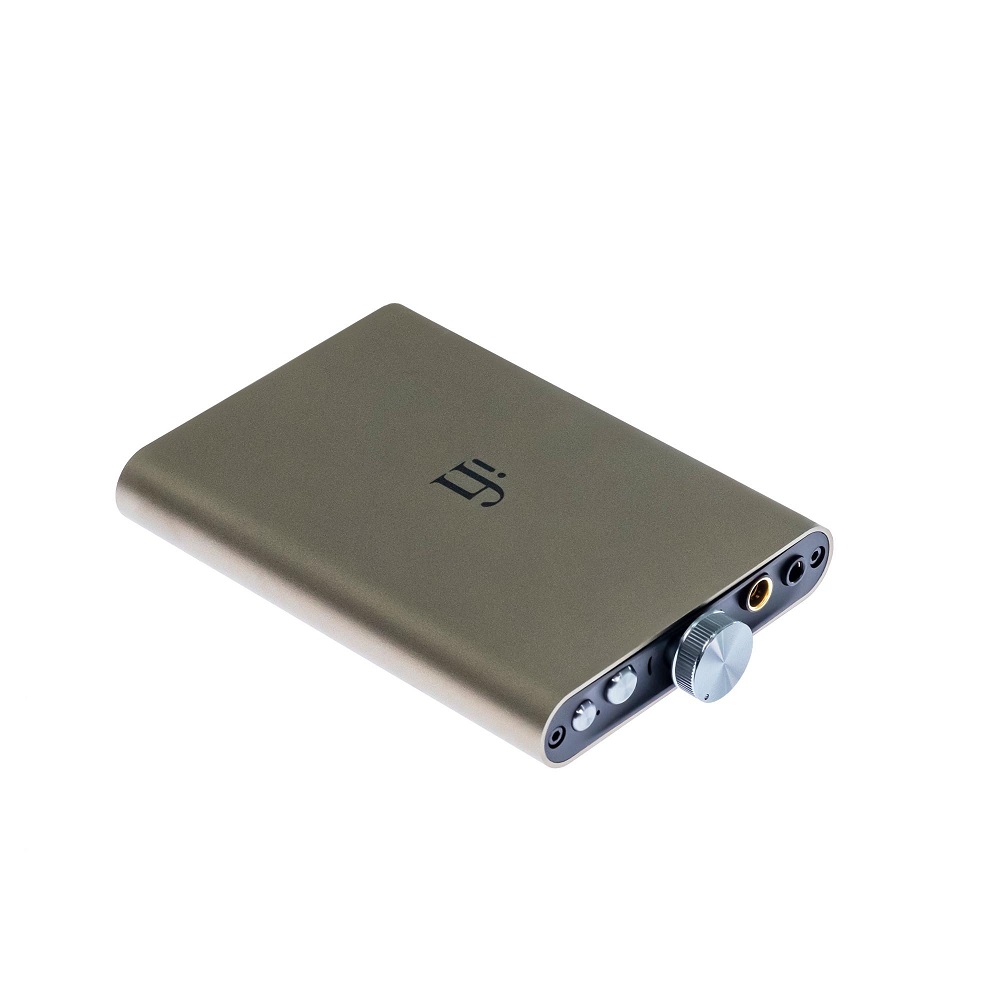Understanding Headphone Amps
For audiophiles and music lovers, the right headphone amp can transform your listening experience. Headphone amp amplify audio signals before they reach your headphones. This can make a world of difference in sound quality, especially with high-impedance headphones or in noisy environments.
Types of Headphone Amplifiers
There are several types of headphone amps to suit different needs:
- Solid-State Amps: These use transistors for signal amplification and are known for their clarity and precision.
- Tube Amps: Offering a warmer, more natural sound, these amps use vacuum tubes to enhance audio.
- Hybrid Amps: Combining both solid-state and tube technologies, hybrid amps bring the best of both worlds.
- Portable Amps: Designed for on-the-go use, these are smaller and usually have a built-in battery.
- Desktop Amps: These larger amps often offer more features and power, ideal for home listening.
How Headphone Amps Improve Sound Quality
So, how do headphone amps make your music sound better? Here are the key improvements:
- Increased Volume: Headphone amps provide the extra power needed for louder, clearer sound.
- Enhanced Dynamics: The amps improve the dynamic range, allowing you to hear quiet details even in loud passages.
- Better Driving Power: Headphone amps can better drive high-impedance headphones, ensuring full performance.
- Reduced Distortion: A good headphone amp minimizes noise and distortion, giving you pure sound.
In conclusion, a headphone amp is crucial for extracting the best performance from your headphones. Whether you’re a budding audiophile or seasoned music enthusiast, consider an amp’s type and its ability to improve audio when making your selection.

Key Features to Consider
When choosing a headphone amp, several key features warrant your consideration. These elements are critical to ensuring that your audio experience is enhanced rather than hindered by your choice of equipment.
Power Output and Impedance Matching
The right power output ensures your headphones receive enough energy to perform optimally. Impedance matching is vital, as mismatched impedance can result in poor sound quality or even damage. Look for an amp that suits the impedance of your headphones for a harmonious audio experience.
Signal-to-Noise Ratio and Total Harmonic Distortion
A higher Signal-to-Noise Ratio (SNR) means less background noise. It’s essential for a clean, clear listening experience. Total Harmonic Distortion (THD) measures fidelity; lower THD equals purer audio. Prioritize headphone amps with a high SNR and low THD for the best sound quality.
Connectivity Options
Various connectivity options offer flexibility for your audio setup. Check for multiple inputs and outputs, such as USB, RCA, or 3.5mm, depending on your devices. Ensure that the headphone amp has the necessary ports to connect with your sound sources and headphones.
Portable vs. Desktop Amps
Consider where you’ll use your headphone amp. Portable amps are great for listening on the move, while desktop amps often provide more power and feature-rich options. Your choice should align with your lifestyle and listening preferences, balancing convenience with audio fidelity.
The Role of Digital-to-Analog Converters (DACs)
Understanding the significance of Digital-to-Analog Converters, or DACs, is essential for audiophiles selecting the right headphone amp. Imagine DACs as the interpreters of digital audio, converting the 0s and 1s into audible analog waves your ears can appreciate. A high-quality DAC is crucial, as it impacts the final sound you hear through your headphones.
Benefits of Built-in DACs in Headphone Amps
Many headphone amps come with built-in DACs, offering a two-in-one solution for audio processing. A built-in DAC can:
- Simplify Your Setup: Eliminating the need for separate devices, a built-in DAC with your headphone amp saves space and reduces cable clutter.
- Ensure Compatibility: Manufacturers design headphone amps with DACs to work seamlessly together, providing a reliable listening experience.
- Improve Sound Quality: Built-in DACs are matched to the amp’s capabilities, which can enhance the overall sound performance.
Choosing a headphone amp with a good built-in DAC can streamline your audio system while elevating sound quality.
Should You Get a Separate DAC?
Despite the advantages of built-in DACs, there are situations where investing in a separate DAC makes sense:
- Higher Quality: Standalone DACs often house superior components and technology, which can lead to better sound quality.
- Upgrade Flexibility: With a separate DAC, you have the option to upgrade it independently of the amp, as innovations in audio technology emerge.
- Customized Sound: Different DACs can impart unique sound characteristics, allowing you to tailor your listening experience to your preferences.
Choosing between a built-in DAC and a separate unit depends on your desire for sound quality, flexibility, and customization. It’s worth considering your long-term audio goals before making a decision.

Top Headphone Amps on the Market
Finding the right headphone amp can be a game-changer. The market has options for all levels, from beginners to audiophiles. Here are top picks divided by experience levels and budget.
Entry-Level Amps for Beginners
If you’re new to the world of high-quality audio, starting with an entry-level headphone amp makes sense. Look for amps that are budget-friendly yet deliver noticeable improvements to sound. A good entry-level amp should be easy to use, with straightforward controls and simple connectivity. It should support basic headphones well, boosting your audio experience without overwhelming you with complex features.
Mid-Range Amps for Enthusiasts
For those who have some experience and are looking to step up their listening game, mid-range amps offer the perfect balance of price and performance. These amps typically feature better build quality, more power output and improved audio clarity over entry-level models. They may also come with additional connectivity options to suit various audio setups. Choose a mid-range amp if you want a noticeable upgrade and have headphones that can benefit from the extra power.
High-End Amps for Audiophiles
Audiophiles seeking top-tier sound reproduction should invest in high-end amps. These come with premium components, advanced features, and the ability to drive the most demanding headphones. High-end amps often have superior SNR and THD metrics, delivering ultra-clean and precise audio. Many include built-in DACs of high quality that match the amp’s performance. For the ultimate listening experience, and if budget allows, a high-end amp will serve your sophisticated audio needs exceptionally well.
Matching Your Amp to Your Headphones
Choosing the right headphone amp also involves understanding the specs of your headphones. The specs can tell you about the required power and the kind of amp that will work best. Here’s how to match your amp to your headphones effectively:
Understanding Your Headphone Specifications
To match your headphone amp to your headphones, first look at the headphone’s impedance. This is measured in ohms and tells you how much power they need. Low-impedance headphones (below 50 ohms) work with most devices without needing much power. High-impedance headphones (above 50 ohms) often require a headphone amp to deliver the best sound. Also, check the sensitivity of your headphones, measured in decibels (dB). This indicates how loud your headphones will get with a given power input.
Synergy Between Headphones and Amps
The synergy between your headphone amp and your headphones is critical. The right combination will give you the best audio experience. For instance, pairing a warm-sounding tube amp with bright headphones can balance the sound. It’s important to try different combinations to find the synergy that suits your listening taste. Remember, the goal is to have a headphone amp that complements the audio traits of your headphones, creating an immersive sound stage.

Installation and Setup
Once you have selected the ideal headphone amp, installation and setup are the next crucial steps. These processes are straightforward but require attention to detail to ensure optimal performance.
Setting Up Your Headphone Amp
To set up your headphone amp, follow these simple guidelines:
- Place the amp on a stable surface near your audio source and headphones.
- Connect the amp to your audio source using the appropriate cables.
- Connect your headphones to the amp’s headphone output.
- If applicable, connect the power supply to your amp and plug it into an outlet.
- Turn on the amp and adjust the volume to a low level before use.
- Test the setup by playing audio and gradually increase the volume to a comfortable level.
Ensure all connections are secure and that no cables are fraying or damaged.
Tips for Optimizing Audio Performance
For the best audio experience, consider these tips:
- Use high-quality cables to reduce interference and maintain signal integrity.
- Keep your amp away from other electronic devices to prevent electrical noise.
- If using a DAC, ensure that it is properly configured with your computer or audio source.
- Regularly clean the connectors and ports to prevent dust build-up.
- Experiment with the amp’s settings, like gain switches or bass boost, to find your preferred sound.
By following these tips, your headphone amp will deliver the desired clarity and detail in your music.
